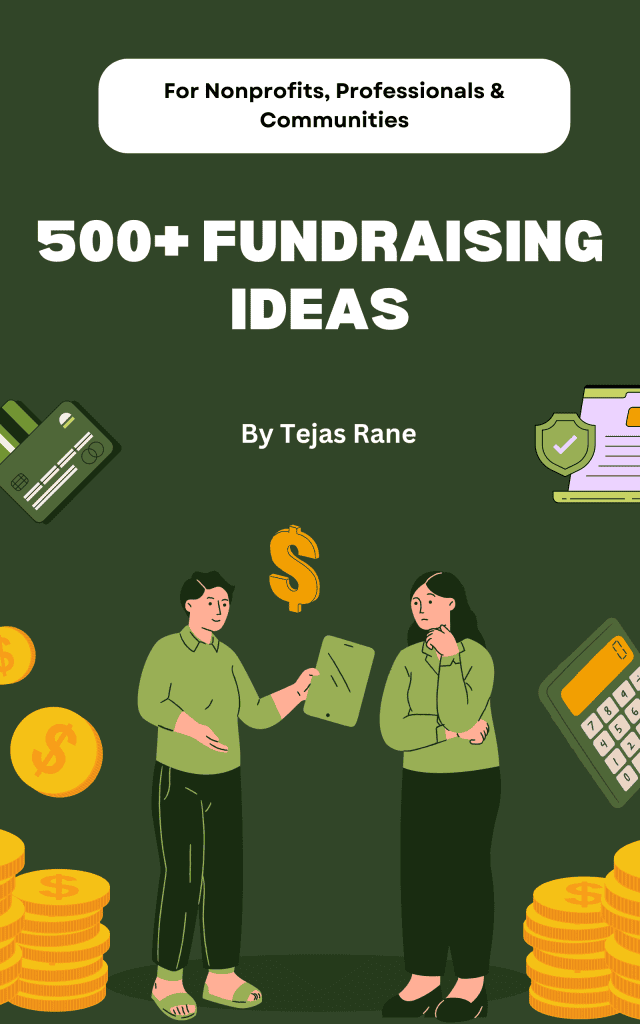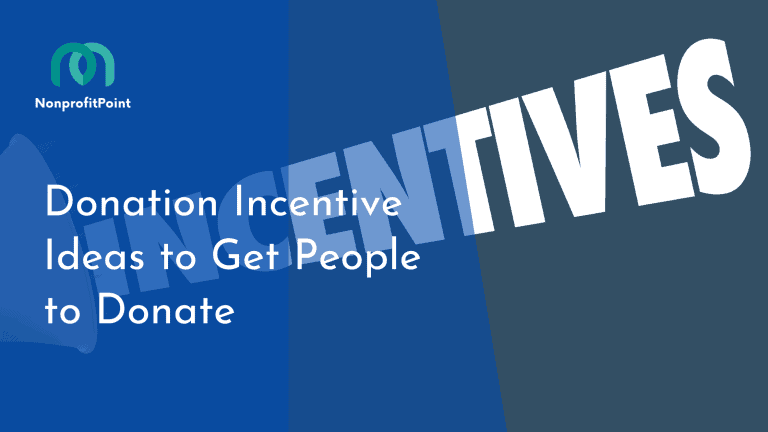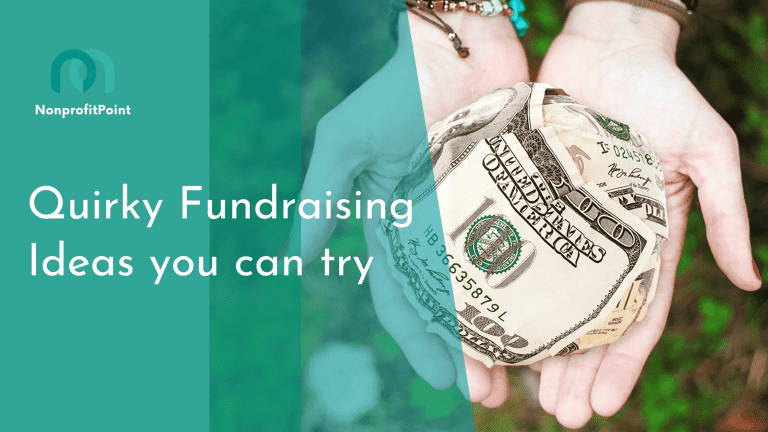Unraveling the Wounded Warrior Project Scandal: A Deep Dive
In the world of philanthropy, the work of nonprofit organizations often shines as a beacon of hope, providing much-needed support to underprivileged communities and causes. However, like any sector, it is not immune to misconduct. There are instances where these pillars of generosity and goodwill are shadowed by controversy, tarnishing not only their own reputation but also the public’s trust in charitable giving.
One such case is the scandal that engulfed one of the largest veterans charities in the United States, the Wounded Warrior Project. Accusations of extravagant spending, inadequate fiscal oversight, and questionable leadership practices led to a public outcry and a call for accountability. What happened at the Wounded Warrior Project, and how did it impact the trust of donors and beneficiaries? Let’s delve into this notable controversy and unravel the lessons it holds for donors and nonprofits alike.
What is the Wounded Warrior Project Scandal?
The Wounded Warrior Project, one of the largest veterans charities in the U.S., was involved in a scandal regarding its spending habits. In this scandal, the charity’s top executives, CEO Steven Nardizzi and COO Al Giordano, were fired after an investigation into accusations of extravagant spending on parties, hotels, and travel. These criticisms were based on the charity’s use of more than $800 million in donations over the last four years. An initial financial audit revealed that some policies, procedures, and controls at Wounded Warrior Project had not kept up with the organization’s rapid growth and needed improvement.
The scandal unfolded after a CBS News investigation in January revealed large amounts of spending on administration, meetings, and travel. Nonprofit watchdog “Charity Navigator” reported that the Wounded Warrior Project spent only 60 percent of its budget on veterans, compared to the Marine Corps Law Enforcement Foundation, which provides over 98 percent to veterans. The Wounded Warrior Project’s total revenue for 2014 was reported to be well over $340 million.
Particularly troubling were reports of extravagant spending on team-building events and conferences. For example, the charity’s spending on conferences and meetings increased from $1.7 million in 2010 to $26 million in 2014, which was the same amount the group spent on combat stress recovery. There were also reports of lavish annual meetings at luxury resorts and other extravagant displays by the CEO, such as rappelling down the side of a building at one of these events.
Approximately 500 staff members attended a four-day conference in Colorado, which cost about $3 million. After these spending habits came to light, Charity Navigator, a group that oversees nonprofit organizations, placed the Wounded Warrior Project on its watch list.
One of the charity’s major donors, Fred Kane, who had donated $325,000 to the Wounded Warrior Project through his personal charity since 2009, called for the CEO to resign in light of these allegations. The reports of questionable spending, including $26 million on conferences and meetings at luxury hotels in 2014 alone, led Kane to call for Nardizzi to be fired.
Official Response from Wounded Warrior Project
In response to these allegations, the Wounded Warrior Project stated that these accusations were a distraction from their mission. They emphasized their commitment to directing every hour, dollar, and action to helping wounded warriors reach their highest ambition.
The organization mentioned that it was cleared of scandal accusations by the Better Business Bureau (BBB) Wise Giving Alliance, and Charity Navigator rated them as a trustworthy organization. They also stated that they are recognized for having a great impact and for operating with efficiency, transparency, and accountability.
As of their 2022 fiscal year, they reported that about 72% of donations (nearly $250 million) were spent directly on programs and services for wounded warriors, families, and caregivers. The balance was used to support the delivery of this life-changing support. They also invested $79 million in fundraising in 2022, around 23% of expenses, which brought in nearly $4.90 per dollar spent.
If you are a Nonprofit looking for fundraising ideas, we have compiled almost 500+ unique, creative, and detailed fundraising ideas in an eBook.
Caters to almost all types of Nonprofits. Useful even if you are a professional looking to enhance your fundraising skills. Get your copy now.
How could have Wounded Warrior Project avoid this scandal?
The Wounded Warrior Project could have potentially avoided this scandal by adhering to the following principles:
- Strong Governance: Nonprofit organizations should have a strong and independent board of directors that provides oversight, helps set strategic direction, and ensures accountability. A board that is actively involved can question unusual spending patterns and bring them to light before they escalate into a scandal.
- Financial Transparency: Being open and transparent about financial matters, such as how funds are used, is crucial. The Wounded Warrior Project could have prevented the scandal by being more transparent about its spending and by allocating a higher percentage of its funds directly to its mission.
- Fiscal Responsibility: A nonprofit must be responsible with its resources, particularly when those resources come from public donations. Spending on lavish parties, travel, and conferences, as was the case with the Wounded Warrior Project, can lead to public backlash.
- Ethical Leadership: The leaders of an organization set the tone for the entire organization. It’s important for them to lead with integrity and model the values of the organization.
- Regular Audits: Regular financial audits can help identify any irregularities or issues that need to be addressed. These audits should be done by a third party to ensure independence and objectivity.
- Policies and Procedures: Having clear policies and procedures on spending, travel, and other areas can help prevent misuse of funds. These policies should be regularly updated and enforced.
By implementing these principles, nonprofit organizations can maintain public trust, prevent misuse of funds, and focus on their mission.
Lessons to learn for Donors:
The Wounded Warrior Project scandal provides several lessons for donors:
- Research before donating: Before giving money to any charity, it’s important to conduct some research on the organization. Tools like GuideStar, Charity Navigator, and the Better Business Bureau’s Wise Giving Alliance can provide important information about a charity’s financial health, transparency, and accountability.
- Check the charity’s spending: Look at how much the charity spends on its mission versus administrative costs and fundraising. A healthy charity should spend at least 70% to 80% of its funds directly on its mission. Be wary of organizations that spend a high percentage on administrative costs, such as salaries and marketing.
- Look at the charity’s leadership: A well-run charity should have a capable, transparent leadership team. If the leaders of the organization have been involved in questionable activities, it could be a red flag.
- Beware of high-pressure tactics: Reputable charities won’t pressure you to donate immediately. If you feel uncomfortable or rushed, it’s okay to say no and research the organization further.
- Consider local charities: Sometimes, smaller, local charities can have a bigger impact because they have less overhead and administrative costs. They also often provide more direct aid.
- Don’t be swayed by emotional appeals: While charities often use emotional storytelling to illustrate their mission, don’t let this overshadow the importance of the organization’s financial transparency and accountability.
Remember, it’s not just about finding a charity to support, but making sure your donation will be used effectively and for the intended purpose. It’s always better to take your time to find the right organization to support rather than making a hasty decision that you might regret later.
Final Thoughts
In conclusion, the Wounded Warrior Project scandal serves as a stark reminder of the need for transparency, fiscal responsibility, and diligent oversight in nonprofit organizations. The alleged misuse of funds intended to assist veterans has not only resulted in a leadership overhaul at the Wounded Warrior Project, but also prompted a broader conversation about the governance of charitable organizations.
As donors, it is incumbent upon us to ensure our contributions are being used as intended. We must take the time to research organizations, understand their spending practices, and scrutinize their leadership to ensure our goodwill supports those who need it most. The lessons learned from this scandal underline the importance of vigilance and due diligence in philanthropy. Our generosity should not be taken for granted, and our trust should be earned, not assumed.







